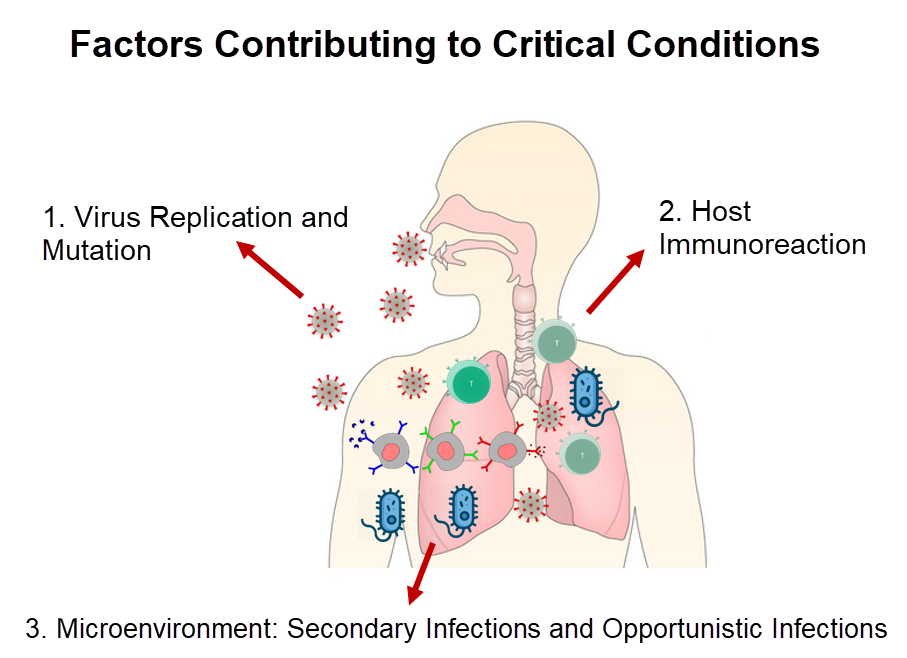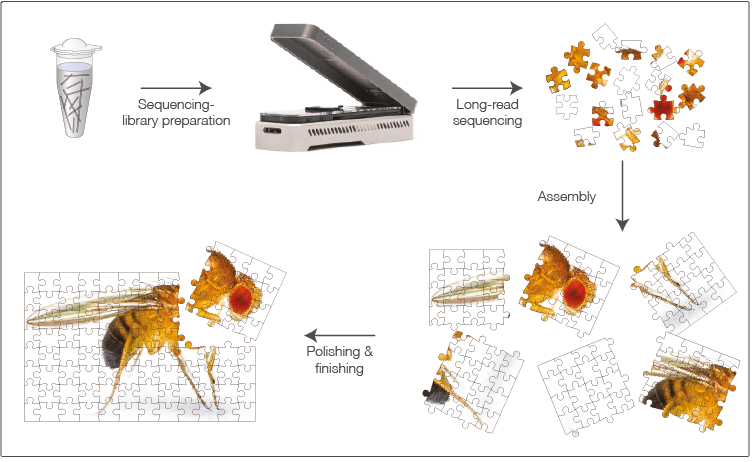Bolster the growth and digital transformation of your business amid the outbreak through the Anti COVID-19 SME Enablement Program. Get a $300 coupon package for all new SME customers or a $500 coupon for paying customers.
Although the impact of the coronavirus pandemic in Mainland China has been gradually easing, but the war of public scientific research institutions against the virus continues. Researchers and health workers are still studying the virus day and night, tracing where it came from, how it infects people, and how we can eliminate it. Science and technology have long provided important support for scientific researchers, and enormous computing power is involved in virus analysis.
Sun Yat-sen University School of Medicine is one of the scientific research institutions waging a continuous war against the virus. It was also one of the institutions that Alibaba Cloud provided free high-performance cloud computing support during the pandemic.
During the pandemic, the School of Medicine cooperated with many hospitals and centers for disease control and prevention. They plan to acquire over one thousand nucleic acid samples of COVID-19 patients in Wuhan and the whole-course data of some patients. Researchers hope that the origin, evolution, and pathogenesis of the COVID-19 virus can be better understood through genome sequencing and sequencing data analysis.

Shi Mang, a professor at the School of Medicine, explained that researchers look for factors correlated with critical COVID-19 cases in three areas: the pathogen, the microenvironment (bacteria or microorganisms co-infected with the pathogen), and the human immune system.
The School of Medicine uses macro transcriptomics in an attempt to extract all the key genetic information from the original sample. Then, scientists analyze the genetic information to reproduce the dynamic interactions of the pathogen infection, the host immune system, and the internal environment of the body to find the key factors that lead to critical cases.
Only with a comprehensive understanding of the factors that are correlated with critical cases can we predict the patients most at risk so that doctors intervene early and administer the proper treatment. This will guide the development of drugs to mitigate and prevent serious cases.
Scientists will summarize the analyzed clinical information, virus information, genome information, and test result data to construct big data on COVID-19 infections. This data will facilitate investigations into the origin of the virus and subsequent research.
In the research process, scientists first need to sequence the original samples through a high-throughput gene sequencing platform to obtain complete genetic information of the virus, bacteria, and hosts. However, this is fragmented information. Further bioinformatics analysis, including sequence splicing and annotation, is needed to interpret the key organic processes occurring in the patient's body at the time the sample was taken.

Process from gene sequencing to whole genome information
The splicing and comparison of genetic information require high-performance computing and the massive data volumes require enormous computing power.
Over 1,000 cases needed to be processed in this experiment, at least two sets of data were to be collected for each case, each about 2 GB to 3 GB in size. Some cases had dozens of samples in order to collect the whole-course data. In addition, control group information was needed. For comparison purposes, Sun Yat-sen University scientists also needed to download about 8,000 samples from the U.S. National Center for Biotechnology Information (NCBI), which would produce a huge amount of data.
In the race to beat the pandemic, the time advantages of high-performance computing on the cloud are of critical importance because it can accelerate the research process.
Alibaba Cloud helped Sun Yat-sen University construct a complete computing process from raw data to the final analysis results. The elasticity of cloud services makes it possible to deliver a wealth of computing resources in a short time. As a result, researchers can use Elastic High Performance Compute (EHPC) to deploy a super computing cluster environment with one-click and then dynamically add or remove cluster nodes as needed, eliminating the need to manage and maintain servers. They do not need to spend a lot of energy on maintenance and can focus on research instead.
The Alibaba Cloud EHPC team also assisted Sun Yat-sen University in implementing bioinformatics and scientific computing using Alibaba Cloud services, which provided 104 core processors. Compared with offline servers, the data assembly and comparison performance improved by over 25%.
With the high performance and abundant resources of Alibaba Cloud, the time required to analyze each sequencing result was reduced from 12 hours to 2 hours. At this rate, a computing project that previously had taken an entire year can now be finished in about two months. This increase in speed significantly increased productivity, accelerated the research process, and won time in the fight against the epidemic.
To learn more about Alibaba Cloud's high-performance computing capabilities, visit the EHPC product page
While continuing to wage war against the worldwide outbreak, Alibaba Cloud will play its part and will do all it can to help others in their battles with the coronavirus. Learn how we can support your business continuity at https://www.alibabacloud.com/campaign/fight-coronavirus-covid-19
Utilize Microservices Architecture to Optimize Your Application Performance

2,605 posts | 747 followers
FollowAlibaba Clouder - April 17, 2020
Alibaba Clouder - April 3, 2020
Alibaba Clouder - May 29, 2020
Alibaba Clouder - April 29, 2020
Alibaba Clouder - December 28, 2020
Alibaba Clouder - April 2, 2020

2,605 posts | 747 followers
Follow ECS(Elastic Compute Service)
ECS(Elastic Compute Service)
Elastic and secure virtual cloud servers to cater all your cloud hosting needs.
Learn More Big Data Consulting for Data Technology Solution
Big Data Consulting for Data Technology Solution
Alibaba Cloud provides big data consulting services to help enterprises leverage advanced data technology.
Learn More Big Data Consulting Services for Retail Solution
Big Data Consulting Services for Retail Solution
Alibaba Cloud experts provide retailers with a lightweight and customized big data consulting service to help you assess your big data maturity and plan your big data journey.
Learn More Quick Starts
Quick Starts
Deploy custom Alibaba Cloud solutions for business-critical scenarios with Quick Start templates.
Learn MoreMore Posts by Alibaba Clouder